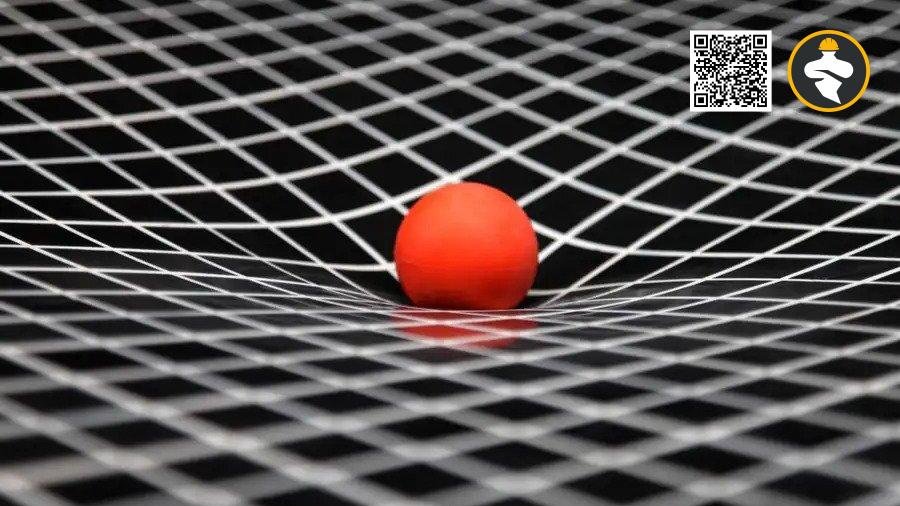This material has the potential to enable us to control the temperature of objects or living spaces more efficiently. By utilizing a unique structure, this thermal cloak material can effectively manipulate heat flow. It is designed to enhance thermal insulation by controlling the movement of heat. This technology has the potential to play a significant role in various applications, such as improving energy efficiency in buildings, enhancing the performance of electronic devices, and even aiding in medical treatments.

The research behind this material focuses on the use of tiny particles, called quantum dots, that possess exceptional thermal properties. These particles are embedded within a flexible polymer matrix, forming a three-dimensional structure.
This ground-breaking thermal cloak material, with its embedded quantum dots, offers a remarkable temperature control mechanism. By absorbing or releasing heat based on the desired temperature regulation, these quantum dots enable precise thermal management. Experimental demonstrations have highlighted the material’s exceptional effectiveness in actively manipulating temperature gradients. It can shield an object from external temperature changes, effectively providing insulation, or direct heat flow in a controlled manner.
The implications of this technology are vast. Imagine a future where buildings can better regulate their internal temperature, reducing energy consumption for heating and cooling. With the integration of this thermal cloak material, electronic devices can operate more efficiently, as excess heat can be effectively dissipated. Even in medical treatments, where precise temperature control is crucial, this material holds promise. By being able to actively manipulate temperature gradients, it can aid in therapies that require localized heating or cooling.
This breakthrough has the potential to revolutionize how we approach temperature control and energy management.
In summary, the development of this thermal cloak material offers promising opportunities for efficient temperature management. Its innovative design and use of quantum dots allow for active manipulation of heat, potentially leading to improvements in various fields.
Reference: Sciencenews.org












